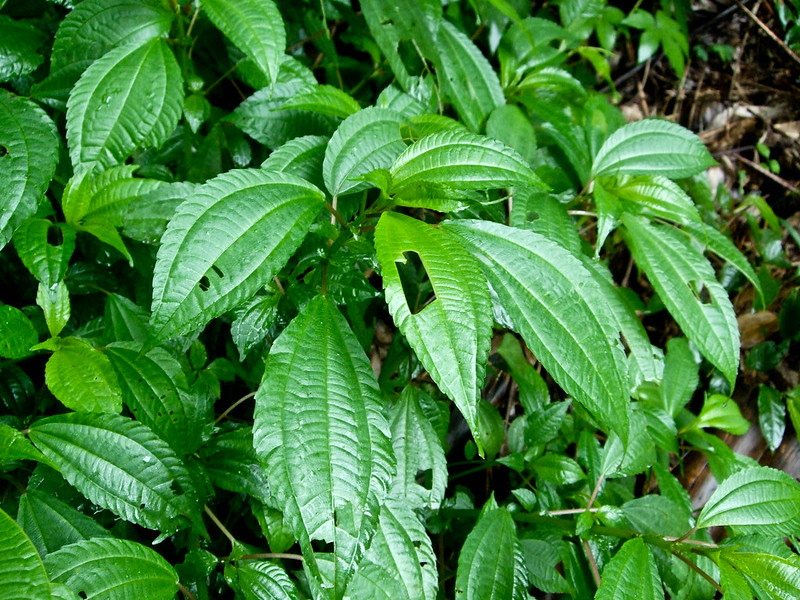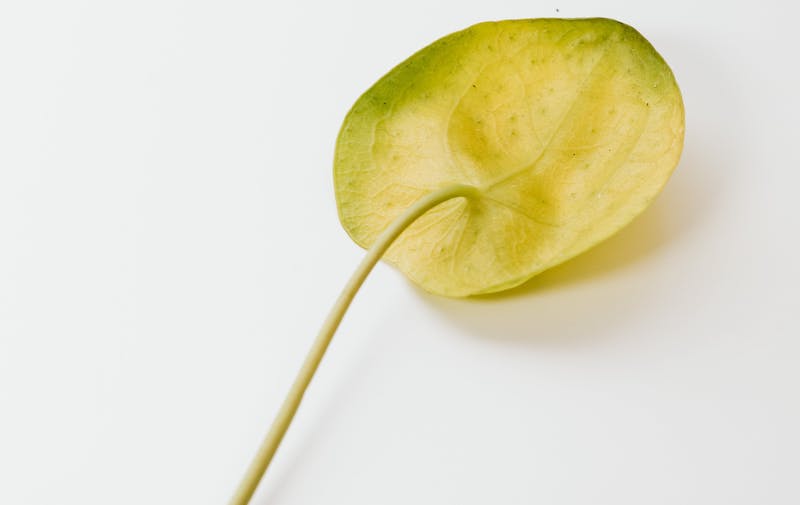Pilea Is Dying
Pilea houseplants need bright, indirect sunlight, high humidity, monthly applications of fertilizer during the growing season, and water when the top couple of inches of potting mix are dry. Plants grown under these ideal conditions will thrive and grow rather quickly. Pilea plants grow so quickly with proper care that they are often known as friendship plants because you can divide and share the new plants. Pilea plants are adaptable, but a plant may decline if any of these conditions are not met.
A dying pilea plant will give you clues about what is wrong. Inspect the plant if you notice any signs of decline. A thorough inspection involves checking the color, size, and texture of the foliage, including the underside of the leaves. Observe if the stems are upright or drooping in a way that isn’t normal. Lastly, check the soil to gauge the dampness and look for signs of pests.

Photo by 石川 Shihchuan, unedited, Flickr, Copyright CC BY-SA 2.0 DEED
Pilea Leaves Turning Yellow
Pilea leaves turn yellow when the plant is improperly watered. Too much water causes the leaves to turn yellow at the tip, while insufficient water causes the entire leaf to develop a yellow hue or haze. Fix an overwatered plant by holding back on water until the top couple of inches of the soil are dry. Ensure the plant receives bright, indirect sunlight to speed up the process. Immediately water a dry plant. Leaves with extensive damage cannot be saved but wilted, or drooping foliage may bounce back.

Pilea Pests
Mealybugs, spider mites, and fungus gnats are the most common pests to impact pileas. Mealybugs are white and have a fluffy appearance, making them easy to spot. They leave behind a black, sticky residue known as honeydew. Spider mites are so tiny they are hard to spot, but they leave webs between stems and leaves, making their presence known. Mealybugs and spider mites can be treated with horticultural oil.
Fungus gnats are tiny flying pests that lay their eggs in damp soil. Routine watering is not enough to encourage fungus gnats, but excessive overwatering creates ideal conditions. Treat fungus gnats by only watering the pilea when the top couple of inches of the soil are dry. Use sticky strips to catch the gnats and end the infestation sooner than later.
Pilea Diseases
Pilea plants are not generally infected with diseases, but it is possible. Root rot is the most likely disease to impact pilea. Overwatering leads to root rot, so keeping the plant on a consistent watering schedule is necessary.
Powdery mildew can infect the foliage in damp, humid conditions. This disease is rare and more likely to occur in a greenhouse or when a plant is moved outdoors. Remove leaves with white fungus growing on the surface, reduce humidity, and water only when the top couple of inches of the soil are dry.
 |
Author Alison Cotsonas - Published 11-16-2023 |
